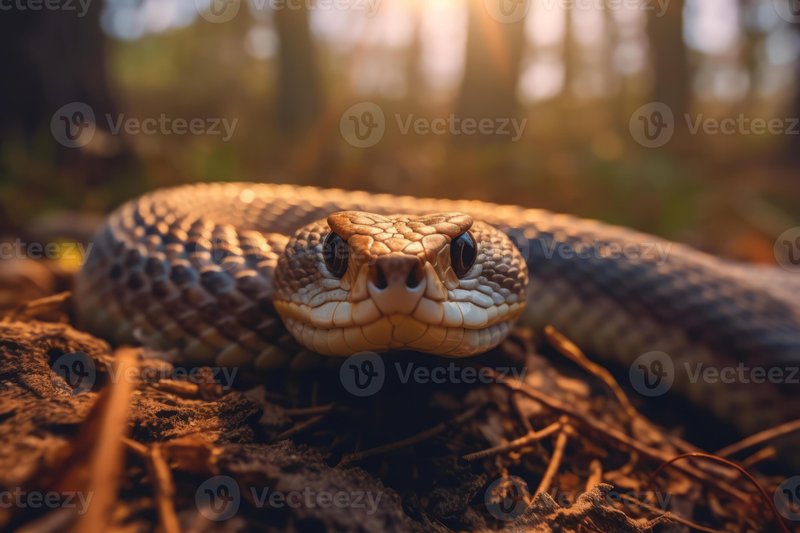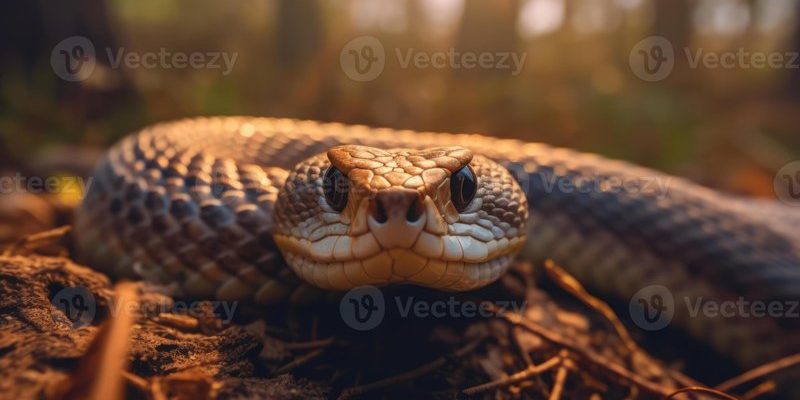
You might be wondering how these cold-blooded creatures manage such remarkable feats. It’s all about their unique physical and behavioral traits that help them cope with extreme temperatures, find food, and protect themselves from predators. Just as a well-designed remote control can operate your devices with precision and ease, snakes have evolved to navigate their diverse habitats with remarkable adaptability.
Physiology: A Snake’s Secret Weapon
One major factor that helps snakes survive in tough environments is their physiology. Unlike mammals, snakes are cold-blooded, meaning their body temperature is regulated by the environment. This can sound daunting, but it’s actually an advantage. In hot climates, they can stay cool by burrowing into the ground or hiding in the shade, preventing overheating. At night, they can bask in the warmth of the sun to regulate their body temperature for hunting.
Another key feature is their scales. These serve multiple purposes. For one, they play a crucial role in preventing water loss, which is essential in dry habitats like deserts. The scales are often waxy and layered, acting almost as a protective waterproof shield. This helps them stay hydrated and reduces the need for constant water intake. You might say their scales are like nature’s version of a high-tech wetsuit!
Furthermore, snakes have a unique way of moving. Their body structure allows them to slither silently and efficiently through various terrains—whether it’s sand, grass, or leaves. This agility helps them escape predators and sneak up on prey. Think of it as having a stealth mode that makes them highly effective hunters.
Hunting Strategies: How They Find Food
Hunting in tough environments is no small feat, but snakes have developed some clever strategies. Many species rely on their incredible senses to track down prey. For instance, they have an excellent sense of smell. By flicking their tongues, snakes pick up scent particles in the air, allowing them to locate food even from a distance. It’s like having a built-in GPS for their next meal!
In addition to their sense of smell, some snakes possess heat-sensing pits located between their eyes and nostrils that help them detect warm-blooded prey. This is especially useful in environments where they may need to hunt at night or in low-light conditions. Imagine being able to see your dinner just by sensing its body heat—pretty impressive, right?
Moreover, some snakes have adapted their hunting methods to suit their surroundings. For example, arboreal snakes like tree boas are excellent climbers and ambush predators, waiting patiently for unsuspecting birds or small mammals. Meanwhile, desert-dwelling snakes might rely on speed and cunning to chase down lizards or rodents.
Behavioral Adaptations: Camouflage and Defense
Behavioral traits are crucial for snakes’ survival, especially in hostile environments. Camouflage is one of their most effective strategies. The coloration of many snakes allows them to blend seamlessly with their surroundings, whether it’s sandy dunes or leafy underbrush. It’s like wearing the ultimate stealth outfit, making it harder for both predators and prey to spot them.
When it comes to defense, many snakes have fascinating ways of protecting themselves. Some, like the Eastern Diamondback rattlesnake, have a loud rattle that warns potential threats to stay away. Others may display aggressive posturing, puffing up their bodies to appear larger or showcasing vibrant colors to signal that they’re poisonous. It’s a bit like having a built-in alarm system or a warning sign that says, “Don’t mess with me!”
Some species, like the Eastern Hognose, can even play dead when threatened. They flip onto their backs, open their mouths, and release a foul-smelling odor to deter predators. Talk about a dramatic escape! This unique behavior not only confuses their attackers but also gives them a chance to slither away when the coast is clear.
Dealing with Temperature Extremes
Temperature extremes can be life-threatening, but snakes have adapted to handle them in remarkable ways. During scorching days, many snakes are nocturnal, coming out at night when it’s cooler. It’s similar to how we might enjoy a late-night walk to avoid the heat. By adjusting their active hours, snakes can hunt while minimizing the risk of overheating.
In colder environments, snakes have some surprisingly clever strategies. Some species hibernate during extreme winter conditions, slowing their metabolism and conserving energy until temperatures rise. This can be compared to hitting the snooze button on life until conditions improve. It’s a clever way to survive when food is scarce and temperatures drop.
Interestingly, some snakes, like the Garter Snake, can withstand colder temperatures than you might expect. They can even be found basking in the sun on chilly days, soaking up warmth to kickstart their bodily processes. This ability allows them to be among the first creatures to emerge in spring, ready to feast on early-season prey.
Habitat Diversity: Finding Home in Tough Places
Snakes are incredibly versatile when it comes to their habitats. They can be found in a variety of environments, from arid deserts to lush forests, and even urban areas. This adaptability is key to their survival. It’s like having an all-access pass to the best spots in nature.
In desert environments, snakes like the Sidewinder have developed unique habits. They move sideways to prevent their bodies from getting too hot on the scorching sand. This quirky method allows them to cover ground without burning their bellies. You might say they’ve mastered the art of “sand surfing.”
Meanwhile, rainforest snakes, like the Emerald Tree Boa, have adapted to a life high above the forest floor. Their green coloration helps them blend in with leaves, allowing them to ambush prey without being detected. Think of them as green ninjas, silently waiting in the canopy for their next meal.
Urban environments present their own challenges, but many snakes have successfully adapted to life near humans. They can thrive in gardens, parks, and even abandoned lots, often hunting rodents that are attracted to human waste. This resourcefulness showcases their ability to find a home in some of the most unexpected places.
In conclusion, the snake’s survival in harsh environments is a remarkable testament to nature’s ingenuity. From their unique physiology and hunting strategies to their behavioral adaptations, snakes have proved time and time again that they can thrive in situations that seem impossible. Whether it’s the scorching heat of the desert or the humid depths of the rainforest, these reptiles have evolved to meet each challenge head-on.
Their resilience and adaptability not only highlight their unique place in the ecosystem but also remind us of the extraordinary ways life finds a way to flourish, even in the toughest conditions. So, the next time you encounter a snake, take a moment to appreciate the incredible journey it has taken to survive, reminding us that strength and adaptability can come in many shapes and forms.

